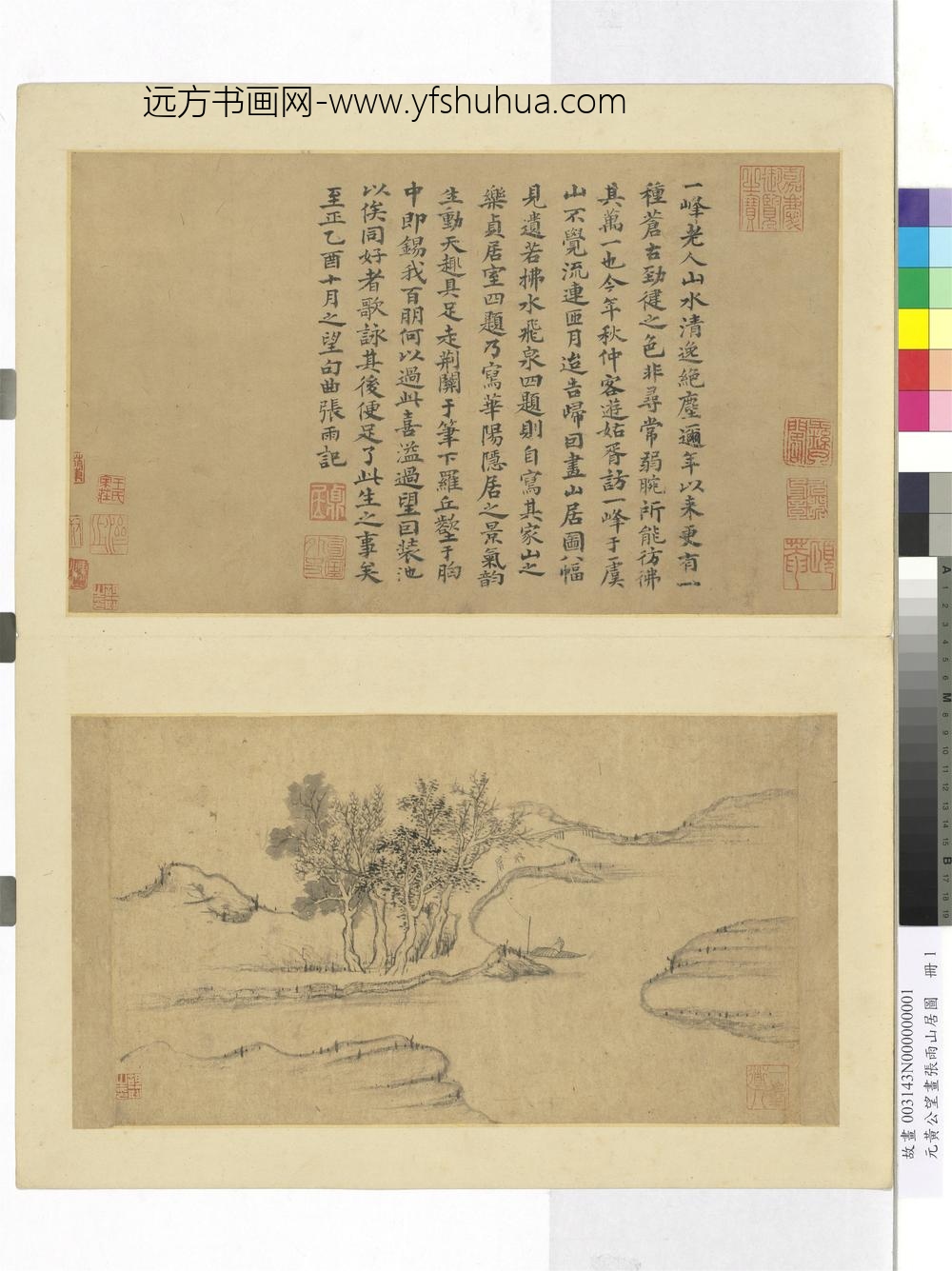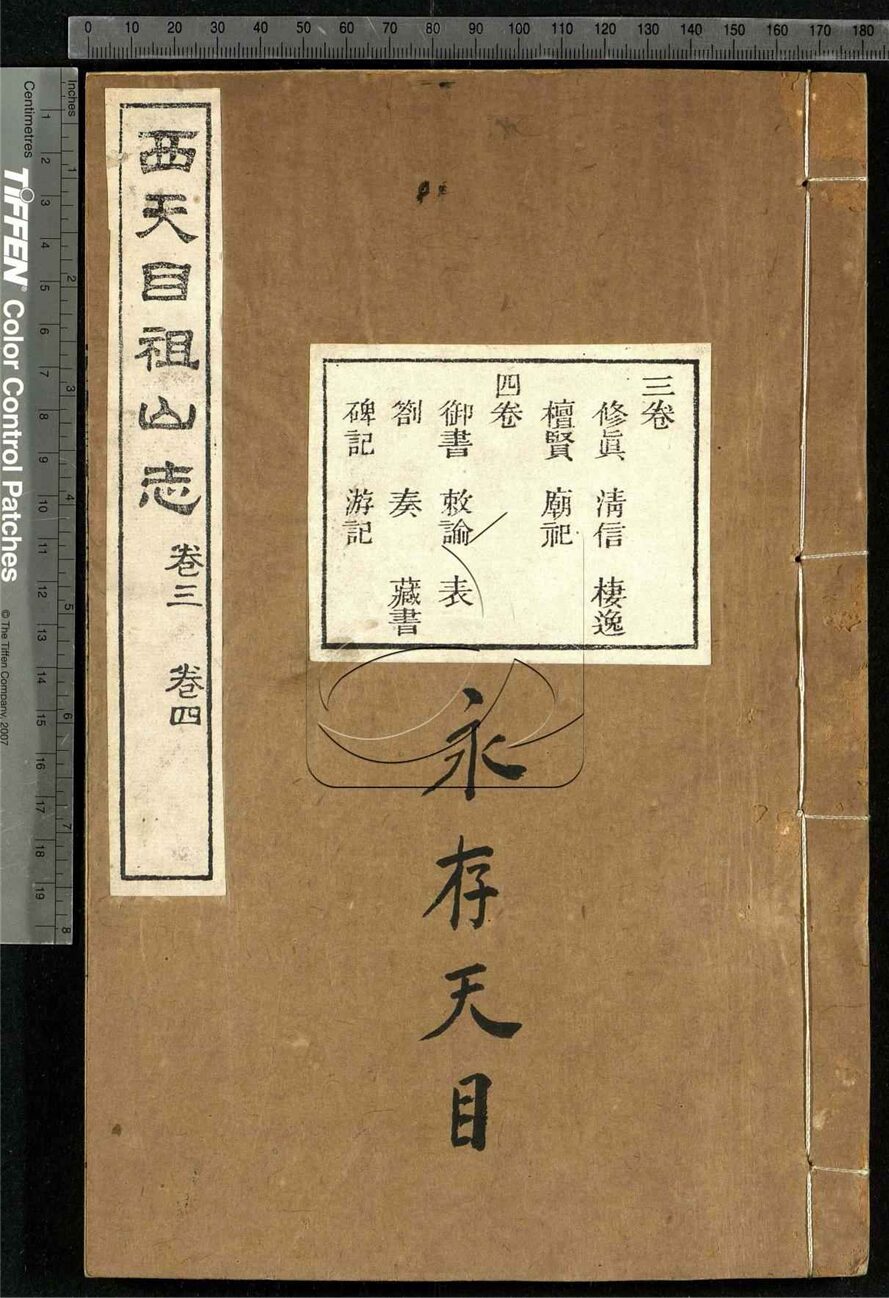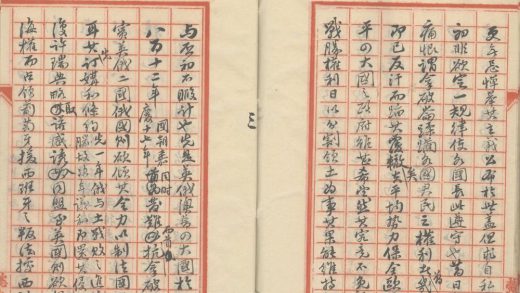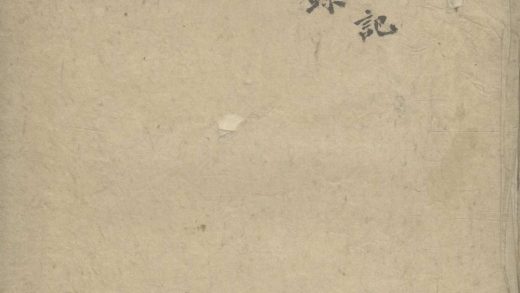【作品基本信息】
| 作者 | 黄公望 |
| 品名 | 画张雨山居图册-清溪停舟 |
| 朝代 | 元代 |
| 文件大小 | 18.01MB |
| 分辨率(DPI) | 300×300 |
| 像素大小 | 2120×2832 |
| 尺寸(CM) | 17.94×23.97 |
| 作品数量 | 1 |
| 作品收藏 | 台北故宫博物院 |
| 图片格式 | 默认提供TIF和JPG两个版本 |
基本数据
| 藏品类型 | 绘画 |
| 品名 |
元黄公望画张雨山居图 册 清溪停舟 Mooring a Boat on a Pure Stream |
| 分类 | 绘画 |
| 作者 | 黄公望 |
| 数量 | 一幅 |
典藏尺寸
| 【位置】 | 【尺寸】(公分) |
| 本幅 | 23×42.8 |
| 对幅 | 25.7×42.8 |
质地
| 【质地位置】 | 【质地】 |
| 本幅 | 纸 |
| 对幅 | 纸 |
题跋数据
| 【题跋类别】 | 【作者】 | 【位置】 | 【款识】 | 【书体】 | 【全文】 |
| 题跋 | 张雨 | 对幅 | 至正乙酉(公元一三四五年)之望。曲张雨记。 | 楷书 | 一峰老人。山水清逸绝尘。迩年以来更有一种苍古劲健之色。非寻常弱腕所能彷佛其万一也。今年秋仲客游姑胥。访一峰于虞山。不觉流连匝月迨告归。因画山居图八幅见遗。若拂水飞泉四题。则自写其家山之乐。贞居室四题。乃写华阳隐居之景。气韵生动。天趣具足。走荆关于笔下。罗丘壑于胸中。即锡我百朋。何以过此。喜溢过望。因装池以俟同好者。歌咏其后。便足了此生之事矣。至正乙酉(公元一三四五年)十月之望。曲张雨记。 |
|
印记: 贞居、句曲外史 |
|||||
印记资料
| 【印记类别】 | 【印记】 |
| 鉴藏宝玺 | 嘉庆御览之宝 |
| 收传印记 | 颐庵 |
| 收传印记 | 伯器印章 |
| 收传印记 | 彝阁 |
| 收传印记 | 王氏家藏 |
| 收传印记 | 济之 |
| 收传印记 | 胡筋之印 |
| 收传印记 | 兰(半印) |
| 收传印记 | 叔(半印) |
| 收传印记 | 陈(半印) |
| 作者印记 | 一峰道人 |
主题
| 【主题类别】 | 【主题(第一层)】 | 【主题(第二层)】 | 【主题说明】 |
| 主要主题 | 山水 | ||
| 其他主题 | 山水 | 江河、湖海 | 江河 |
| 其他主题 | 人物 | 渔夫、船夫 | 船夫 |
| 其他主题 | 人物 | 纤夫 | |
| 其他主题 | 树木 | ||
| 其他主题 | 树木 | 寒林.枯树 | 枯树 |
| 其他主题 | 船 | ||
| 其他主题 | 建筑 | 桥 |
技法
| 【技法】 | 【技法细目】 |
| 写意 | |
| 皴法 |
参考数据
| 【类别】 | 【参考数据】 |
| 收藏着录 | 故宫书画录(卷八),第四册,页139 |
| 收藏着录 | 故宫书画图录,第二十二册,页112-115 |
| 参考书目 | 1.邱士华,〈传元黄公望清溪停舟、屋下清泉、贪住青山、溪岸山居〉,收入何传馨主编,《山水合璧:黄公望与富春山居图特展》(台北:国立故宫博物院,2011年五月初版一刷),页355-357。 |
| 内容简介(中文) |
此册传为黄公望为张雨绘制,共分八开,选展四开。第一开上幅可见款署张雨的至正乙酉年(1345)题记,提到自己前往虞山拜访黄公望,别离之时,黄公望绘赠此册。张雨在装裱后请同时人歌咏。因此其他七开上幅,可见落款为顾瑛(1310-1369)、揭奚斯(1274-1344)、张枢(1292-1348)、俞和、郯韶、杨泰、钱鼎等人题跋。 然此作第一、二、三、五开之构图与母题,与明代钱谷(1508-1572)《纪行图册》的第四、二八、二六及第一开相同(可参考上方灯片图像),但更省略细节。册中若干山石倾向几何图案的造型,颇类黄山画派之作。 钱谷《纪行图册》原为王世贞(1526-1590)所作。故此作晚于钱谷,依据明人图式,添入黄公望当时人题跋,应为明末清初仿造黄公望的作品。 (传元黄公望画张雨山居图册 第一开 20110609) |
| 内容简介(英文) |
This album attributed to Huang Gongwang (“Zhang Yu’s Mountain Dwelling”) was purportedly done for Zhang Yu. Consisting of eight leaves, four are on display here. The first leaf has an inscription in Zhang Yu’s name dated to 1345, mentioning a visit to Huang Gongwang at Mt. Yu. Upon his departure, according to the contents, Huang Gongwang did this album and presented it to him. And after Zhang Yu had it remounted, he asked contemporaries to add words of praise. Therefore, on the other seven leaves are inscriptions attributed to such figures as Gu Ying (1310-1369), Jie Xisi (1372-1344), Zhang Shu (1292-1348), Yu He, Tan Shao, Yang Tai, and Qian Ding. However, the motifs and compositions of leaves 1, 2, 3, and 5 are the same, except for simplification of the details, as leaves 4, 28, 26, and 1, respectively, from the album “Illustrated Album of Travels” by the Ming dynasty artist Qian Gu (1508-1572), as seen in the reproductions on display above. Some of the mountain rock forms in the album also appear geometrical, much as in the Huangshan School of painting. Qian Gu painted “Illustrated Album of Travels” for Wang Shizhen (1526-1590), so this album must have been done afterwards. The compositional formulae of the Ming combined with spurious inscriptions by Huang Gongwang’s contemporaries thus suggest a fabrication of Huang Gongwang’s work from the late Ming or early Qing period. (20110609) |
【作品展示】

__元黄公望画张雨山居图.册.清溪停舟故画__KANPAA




